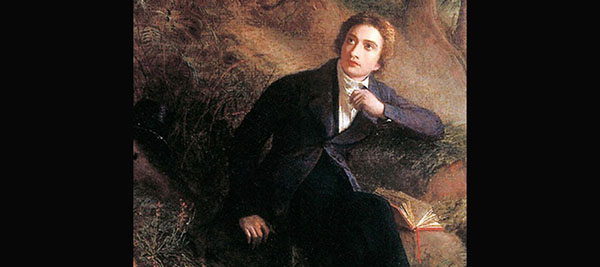
Keats writes: “Forlorn! the very word is like a bell / To toll me back from thee to my sole self!” The nightingale’s song serves as a reminder of the poet’s own mortality and the impermanence of life. Keats is said to have heard the bird that inspired his ode in Hampstead (he reputedly wrote the poem in the garden of the Spaniards Inn) in what is now zone two of nine in modern London. It represents the fleeting beauty of life and the enduring power of art to capture and preserve it. To take into the air my quiet breath Now more than ever seems it rich to die, To cease upon the midnight with no pain, While thou art pouring forth thy soul abroad. The nightingale itself is a symbol in the poem.

#John keats ode to a nightingale full
For example, he compares the nightingale’s song to “a beaker full of the warm South” and “the very wine of life.” These metaphors help the reader to understand the speaker’s feelings about the nightingale’s song and its power to bring joy and happiness. The speaker also uses metaphors to compare the nightingale’s song to other things.

For example, the nightingale is described as “dwelling in the happy valleys” and “among the roses.” The speaker also imagines himself “fainting” with “fancy upon fancy” as he listens to the nightingale’s song. See also The Central Theme of Ode on a Grecian Urn ImageryĪnother literary device in the poem is imagery, as Keats uses vivid and descriptive language to paint a picture of the nightingale and its surroundings.


 0 kommentar(er)
0 kommentar(er)
